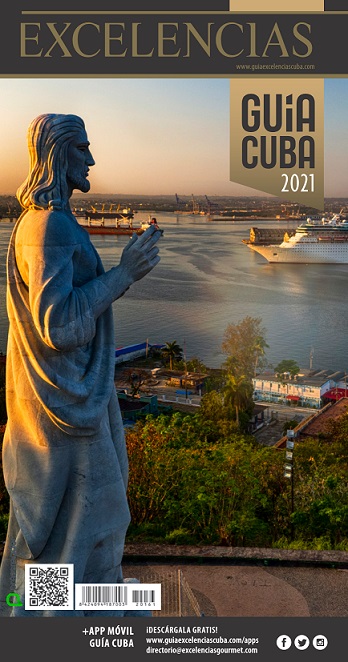The Republic of Honduras is located in Central America. It borders with the Caribbean Sea to the north, the Gulf of Fonseca to the south in the Pacific Ocean, El Salvador to the southeast, Guatemala to the northwest, Nicaragua to the east and the Caribbean to the northeast. The country is divided in 18 departments and 293 municipalities with their own mayor offices. Honduras is blessed with abundant nature, a vast cultural heritage and varied archeological richness, let alone the amazing Honduran Caribbean. The capital is Tegucigalpa, a generous city that treasures a history as fascinating as its romantic colonial spots. It offers different alternatives in the surroundings with such sightseeing locations as San Juancito and the Valle de Angeles. The country’s second-largest city is San Pedro Sula, located in the north. Its geographical position allows quick and easy transportation to the nearby tourist destinations like Puerto Cortes, Omoa, the Yojoa Lake and the Pulhapanzak Waterfalls. Not far from there, travelers will find the Santa Barbara and Cusuco national parks. Comayagua, for its part, lies in the valley and department of the same name. Its main attraction is its historic core, a key piece of the nation’s preserved heritage. On the other hand, other options exist for trips and ecological enjoyment. There are countless natural reserves and wildlife safe havens in the department of Atlantida that also features the cities of La Ceiba and Tela, both of them beautified by their luring parks, rivers, beaches, mountains and abundant wildlife. All this is coupled with the ethnic attractions of the Garifuna dwellers. Other must-sees are the Pico Bonito and Punta Sal national parks, among many others that make up a vast subsystem of protected areas. Copan, in western Honduras, stands for the most important and representative tourist choice the Central American nation has to offer. Its major municipalities are Santa Rosa and Ruins of Copan, penciled in as the most relevant archeological dregs of the Mayan civilization. For those who love nature, La Montañita Nature Park and the Tres Jotas tourist spa are the right choices to make. The Islands of the Bay, off the Honduran coasts, are made up of the isles of Roatan, Guanaja and Utila, the three of them blessed with the region’s largest assortment of coral reefs and sponges. Its Marine National Park harbors the world’s second-biggest coral reef barrier. The islands are famous worldwide for their top-rated scuba diving centers and gorgeous beaches.






